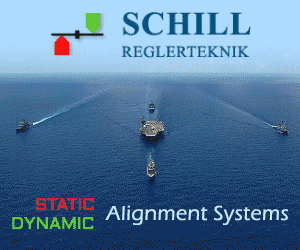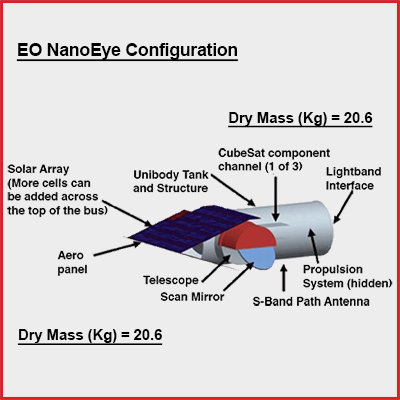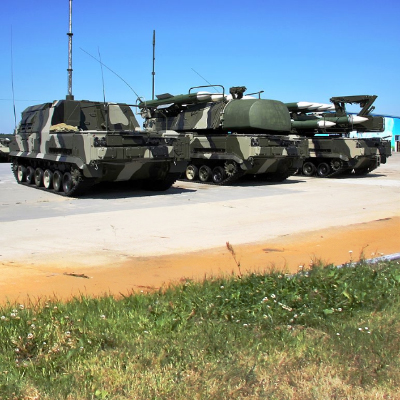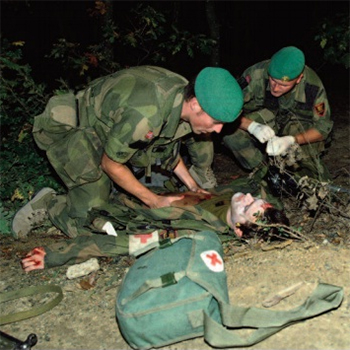A Closer Look at Naval Patrol, Strike, and Assault Craft

Introduction:
Naval patrol, strike, and assault craft play critical roles in modern naval operations, each designed with specific capabilities to fulfill distinct mission objectives. From safeguarding maritime borders to conducting precision strikes and amphibious assaults, these vessels form the backbone of naval forces worldwide. This article delves into the characteristics, roles, and strategic importance of naval patrol, strike, and assault craft, highlighting their evolution, capabilities, and future trends.
I. Evolution of Naval Craft:
Naval craft have evolved significantly over centuries, transitioning from rudimentary wooden vessels to advanced, technologically sophisticated platforms. The evolution is marked by key milestones, such as the introduction of steam propulsion, the development of armored hulls, and the integration of advanced weapon systems. Today's naval craft combine cutting-edge technologies, including stealth features, advanced sensors, and network-centric capabilities, enhancing their effectiveness in diverse operational scenarios.
Naval Patrol Craft: Naval patrol craft are designed for surveillance, reconnaissance, and maritime security missions. They operate in littoral zones, coastal waters, and exclusive economic zones (EEZs), monitoring maritime traffic, detecting illegal activities, and safeguarding territorial waters. Patrol craft vary in size and capability, ranging from fast patrol boats to offshore patrol vessels (OPVs). Key features of patrol craft include enhanced sensor suites for maritime domain awareness, rapid response capabilities, and versatility in conducting diverse missions, such as anti-smuggling operations, search and rescue (SAR), and maritime interdiction.
Naval Strike Craft: Naval strike craft are specialized platforms optimized for precision strikes against surface and shore targets. They are equipped with advanced weapon systems, including surface-to-surface missiles (SSMs), anti-ship missiles (ASMs), and naval guns, capable of engaging enemy vessels and coastal installations with high accuracy and lethality. Strike craft operate in both offensive and defensive roles, supporting fleet operations, conducting naval warfare, and providing fire support to ground forces during amphibious operations. Modern strike craft integrate stealth technologies, electronic warfare (EW) capabilities, and networked communications for enhanced survivability and mission effectiveness.
Naval Assault Craft: Naval assault craft are amphibious platforms designed for troop transport, landing operations, and amphibious assaults. They are equipped with bow ramps, well decks, and specialized embarkation/disembarkation systems to facilitate rapid deployment of personnel, vehicles, and equipment in beach landing scenarios. Assault craft vary in size and configuration, including landing craft, amphibious assault ships, and hovercraft, tailored to support expeditionary forces in littoral environments. Key features of assault craft include troop carrying capacity, maneuverability in shallow waters, and integrated command and control (C2) systems for synchronized amphibious operations.
II. Roles and Missions: Naval patrol, strike, and assault craft perform a wide range of roles and missions, contributing to maritime security, power projection, and expeditionary warfare capabilities. Their primary roles include:
Maritime Security: Patrol craft conduct maritime patrols, surveillance missions, and law enforcement operations to deter maritime threats, including piracy, smuggling, and illegal fishing activities.
Power Projection: Strike craft provide offensive capabilities, delivering precision strikes against enemy targets at sea and ashore, disrupting adversary operations, and supporting naval power projection strategies.
Amphibious Operations: Assault craft enable amphibious assaults, beach landings, and humanitarian operations, facilitating the rapid deployment and sustainment of expeditionary forces in littoral environments.
Force Protection: Naval craft contribute to force protection measures, escorting convoys, defending against asymmetric threats, and providing area air defense (AAD) capabilities to safeguard maritime assets and personnel.
III. Capabilities and Technologies: Naval craft leverage advanced capabilities and technologies to enhance their operational effectiveness and survivability. These include:
Sensor Suites: Integrated sensor suites encompass radar systems, electro-optical/infrared (EO/IR) sensors, sonar arrays, and electronic surveillance systems, providing comprehensive situational awareness and targeting capabilities.
Weapon Systems: Naval craft are equipped with a diverse array of weapon systems, including missile launchers, naval guns, close-in weapon systems (CIWS), and torpedoes, capable of engaging threats across multiple domains.
Stealth Features: Stealth technologies, such as reduced radar cross-section (RCS) design, low observable coatings, and signature management techniques, enhance naval craft's survivability by minimizing detection and engagement by hostile forces.
Command and Control (C2): Advanced C2 systems integrate data from onboard sensors, external sources, and networked assets, enabling real-time decision-making, mission planning, and coordination of naval operations.
IV. Future Trends and Challenges: The future of naval patrol, strike, and assault craft is shaped by emerging technologies, geopolitical dynamics, and evolving operational requirements. Key trends and challenges include:
Autonomous Systems: The integration of unmanned aerial, surface, and underwater vehicles enhances naval craft's capabilities in surveillance, reconnaissance, and mine countermeasures, while also posing challenges in command and control, cybersecurity, and ethical considerations.
Multi-Domain Operations: Naval craft are increasingly integrated into multi-domain operations, leveraging joint capabilities in air, sea, land, space, and cyberspace domains to achieve strategic objectives, requiring interoperability, information sharing, and joint training.
Anti-Access/Area Denial (A2/AD): Adversaries' A2/AD strategies, including long-range precision weapons, electronic warfare, and anti-ship ballistic missiles, challenge naval craft's ability to operate in contested environments, necessitating enhanced survivability measures and tactics.
Sustainability and Environmental Impact: The focus on sustainable naval operations, including alternative fuels, energy-efficient technologies, and environmental stewardship, addresses concerns about carbon emissions, pollution, and resource conservation in maritime activities.
Conclusion: Naval patrol, strike, and assault craft are indispensable assets in modern naval warfare, providing vital capabilities for maritime security, power projection, and expeditionary operations. Their evolution, capabilities, and future trends reflect the dynamic nature of naval warfare, driven by technological advancements, strategic imperatives, and operational challenges. As navies continue to adapt to evolving threats and operational environments, naval craft will remain at the forefront of maritime dominance and national security strategies.










